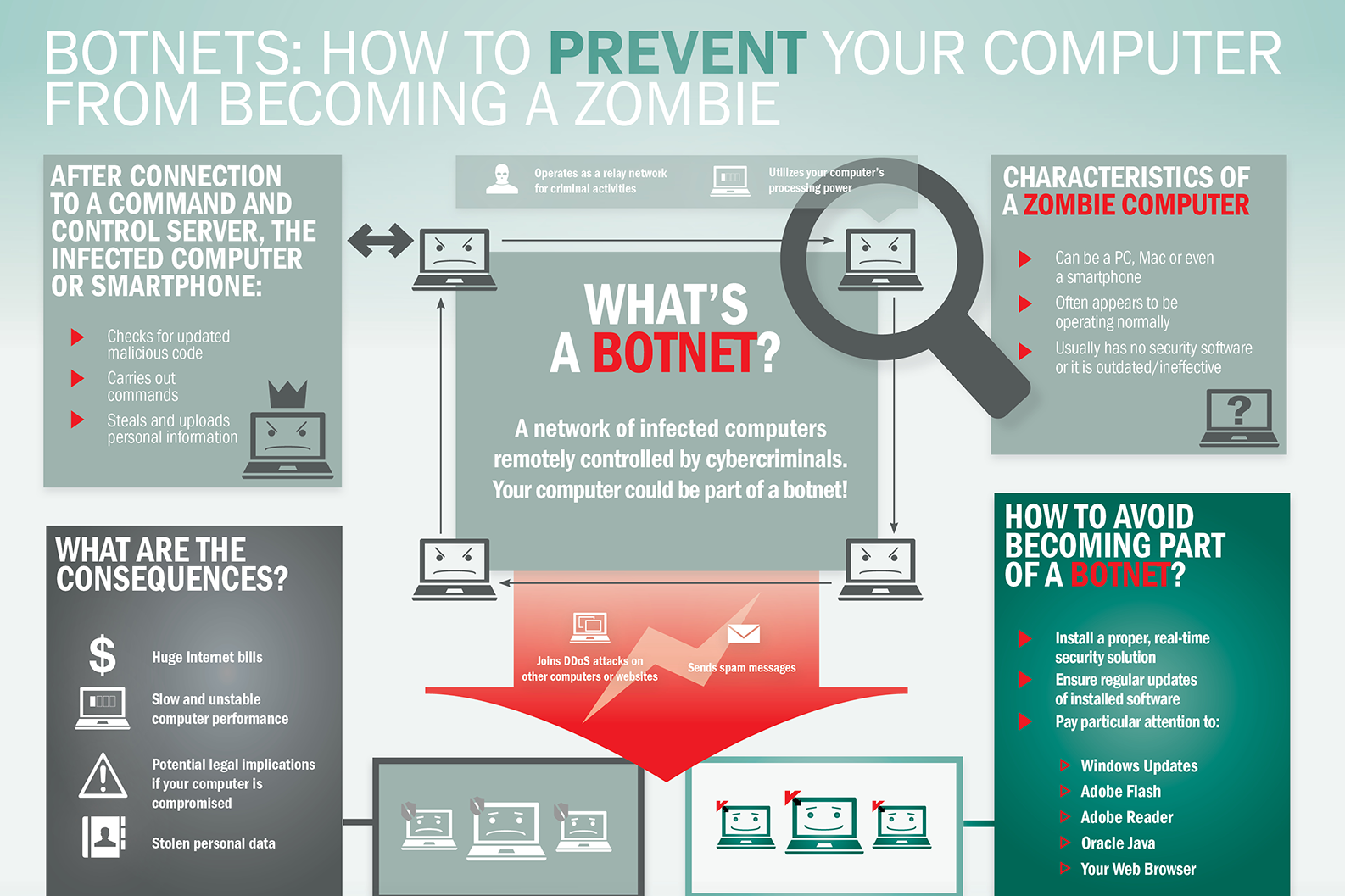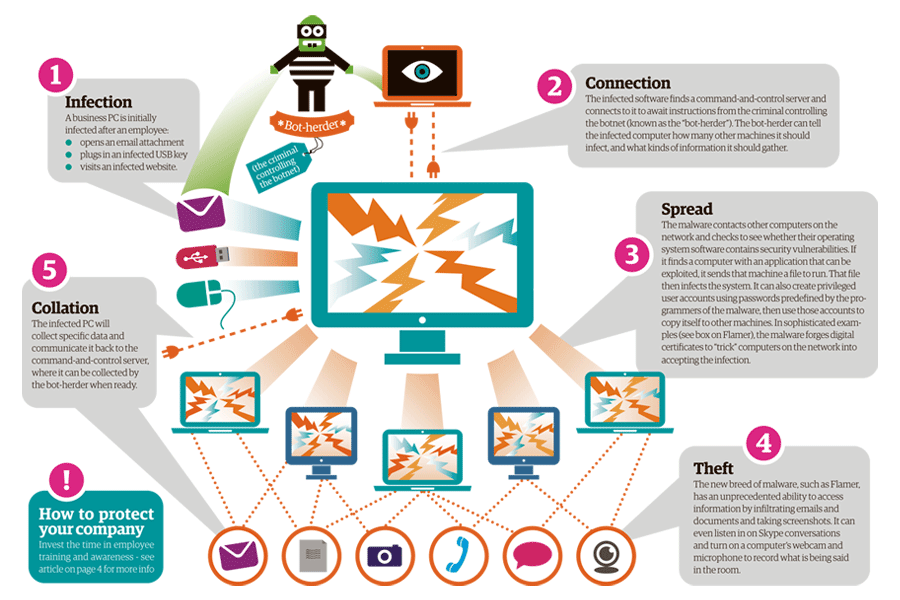In the coming years in 2019-2020, the active mobile users will cross the 5 billion mark globally, and add to this the number of tablet user will also increase. When we analyze these figures it is not difficult to estimate that there are more than 20 million IoT devices in the pipeline ready to hit the base by 2020. It means the above-given figures are all set to be part of the connected world.
All these devices mean lots of valuable data, and where there’s valuable data there are hackers trying to get access to it. Not only do we need to wrestle with new kinds of networks, many of them wireless, but we need to tackle the security of these networks while simultaneously tackling the massive scale of the problem.
Now imagine the kind of valuable data that will be churned out from these devices, and how it will be a gala time for the hackers to break into these devices and get access. No doubt we need to bring such device in our daily life, but the challenge is to get them all secured taking into account the massive breach in the line.
We asked vendors and resellers how they approach security of the WAN in this challenging environment
The internet is the network
The data center is no more the enter of the universe, but it is the Internet that new network that brings all the network closer to each other.
Mobile phone networks are rapidly being repurposed as a general-purpose data network over which voice calls are just one more application. Inside the telcos themselves, the core networking is already running over IP networks, and consumers are very comfortable with messaging applications that talk over IP networks instead of SMS. Devices in the field are adding LTE interfaces as a cheap and easy way to add networking capability to what were once disconnected devices.
“We have to rethink how we approach things,” Kopelke says. “We need to change our thinking from ‘How do I secure and protect the network?’ to ‘How do I secure and protect the data and applications?’”
Gavin Wilson, Asia-Pacific managing director at Cradlepoint “People expect to always be connected. Increasingly the connection is a mix of technologies, rather than a single layer-1 or layer-2 approach.” Instead of a loose collection of isolated technologies, the network is now an abstraction operating at a higher level, and there is no longer a functional difference between “the internet” of decades past and what all these modern mobile devices use to connect”.
The connected world and benefits
This ubiquitous networking is enabling associations to do things that basically weren’t conceivable previously. Without a system to send the information, gadgets in trucks or conveyed by field laborers would need to store information for later use. Presently they can stream a lot of information back to a server farm or straight into the cloud, and they can be inconsistent contact with different parts of the framework.
“The ability to get information out to remote people is a massive benefit, and, if a truck roll over on a delivery, an immediate duress notification can let others know the driver is in trouble,” says Michael Dyson, general manager at Advanced Mobile IT
“We also have digital signage that can be remotely updated,” Dyson says. “You can receive diagnostics from remote locations without having to send a technician out to the site and there are buses in New Zealand that can do on-board ticketing and have a GPS for accurate next-stop announcements.”
As it turned out to be consistently more steadily and reasonable, the requirement for the specialist like; satellite telephones, CB radios have dropped abruptly. These more seasoned technologies are turning into a fallback — as opposed to the essential strategy for building up correspondences. The generously higher transfer speed access, combined with the across the board accessibility of the supporting framework, influences the cost/to profit examination straightforward: you’d be distraught not to.
Security
Obviously, simply being associated isn’t sufficient. We likewise need to keep information and applications secure when they’re interfacing with an indistinguishable web from each content kiddie and solidified digital crime with a hunger for other individuals’ data.
“The traditional way to secure the WAN was using firewalls at each branch or backhauling branch traffic to a datacenter and use firewalls there to protect the traffic,” says Stree Naidu, vice president. Asia-Pacific and Japan for Cato Networks. “As long as we think about the firewall as a box that sits somewhere, that box defines the perimeter. But what if the perimeter was defined by a firewall that is everywhere? This is the notion of Firewall as a Service (FWaaS).”
Moving from the physical system of security that is as pervasive as the availability itself is it all about. “Systems that are secured from commencement is the name of the diversion. Rather than being a bit of hindsight or an extra, security in a world with no border implies heating it in from the start.
“It has to be about more than taking an appliance and virutalizing it,” says Zscaler’s Kopelke. “We say that’s just cloud-washing.”
Cato Networks’ Scree agrees. “The challenge most organizations face is how to extend enterprise-grade security to all their branches and mobile users globally,” he says. “Cloud networks with built-in network security can offer a way forward.”
“With users expecting a higher standard of service, these standalone appliances won’t cut it anymore,” says Dell EMC’s Elmarji. “You need to be able to provide full security on all connected devices, fast access to data, and 24/7 connectivity.”
While it’s still relatively early days for software-defined networks, it’s clear where the momentum is. Customers and resellers alike should be investigating how they can move to using software-based networking to create the secure, ubiquitous networks of the future
















